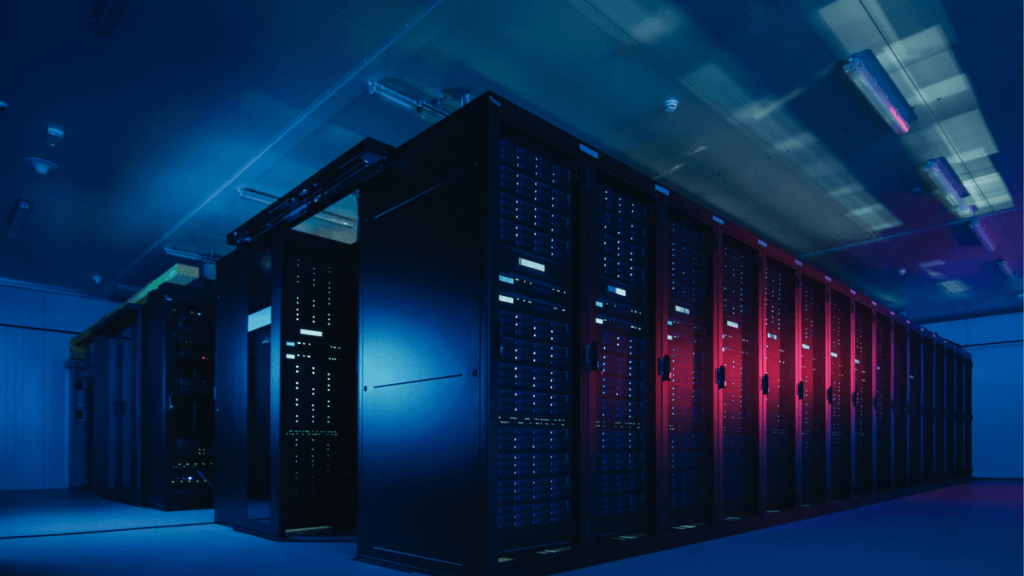Elon Musk is embarking on an ambitious project to build a supercomputer, aiming for it to be operational by fall 2025. This supercomputer, referred to as the “gigafactory of compute,” will utilize Nvidia GPUs and is intended to surpass the massive cluster of chips currently used by Meta. The project is driven by Musk’s AI startup, xAI, which has recently garnered significant investment and attention.
xAI recently announced a substantial $6 billion in fresh funding, indicating that enthusiasm for AI ventures remains strong. Notably, Musk himself has invested $750 million into xAI, and X, another one of Musk’s ventures, contributed computing power valued at $250 million. This financial boost has brought xAI’s valuation to an impressive $24 billion, despite its primary product being a chatbot named Grok, which Musk describes as having “a little humor.”
Central to this supercomputer project is a cluster of Nvidia’s H100 GPUs. These high-performance GPUs are crucial for training large language models, a foundational component for advanced AI systems. Musk’s ambition is to create a cluster that is more than four times larger than Meta’s current setup, a significant leap in computational power and capacity.
Additionally, xAI is set to incorporate Nvidia’s latest Blackwell chips, which are expected to be available later this year. This move aligns with xAI’s strategy to stay at the cutting edge of AI technology and computational resources. Currently, xAI rents servers equipped with approximately 16,000 Nvidia chips from Oracle. There is potential for a deeper partnership with Oracle, especially considering that Larry Ellison, Oracle’s cofounder, is a friend of Musk. Such a partnership could involve xAI investing up to $10 billion to rent Oracle’s cloud servers over the coming years, further boosting its computational capabilities.
Musk’s goals with xAI are undeniably ambitious, particularly when compared to other major projects in the field. For instance, the Stargate supercomputer being developed by Microsoft and OpenAI, which carries a price tag of $100 billion, is not expected to be operational until 2028. This timeline puts Musk’s target of having his supercomputer running by 2025 into sharp relief, highlighting the aggressive pace at which he aims to progress.
To support this rapid development and expansion, xAI is actively recruiting for several positions in both San Francisco and London. The company is seeking individuals who are aligned with its mission of understanding the universe through rigorous pursuit of truth, irrespective of popularity or political correctness. This recruitment drive underscores the company’s commitment to attracting top talent to achieve its lofty goals.
As xAI continues to forge ahead, it aims not only to catch up with but to surpass its competitors in the AI race. Musk’s vision for xAI is deeply intertwined with his broader goals for AI and its potential to revolutionize various aspects of technology and human life. The next few years will be critical in determining whether xAI can meet its ambitious targets and set new benchmarks in the AI industry.
If you like the article please follow on THE UBJ.
